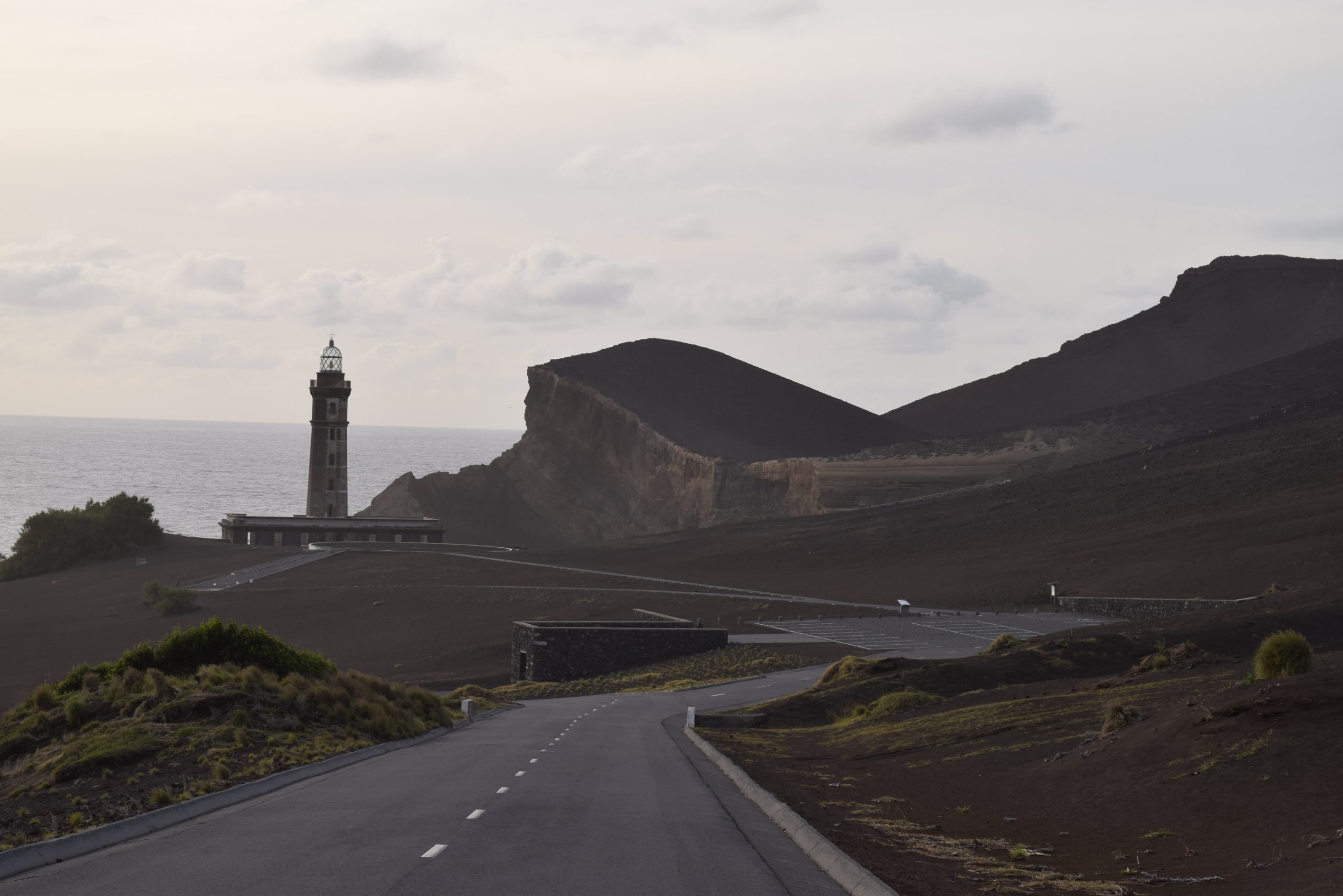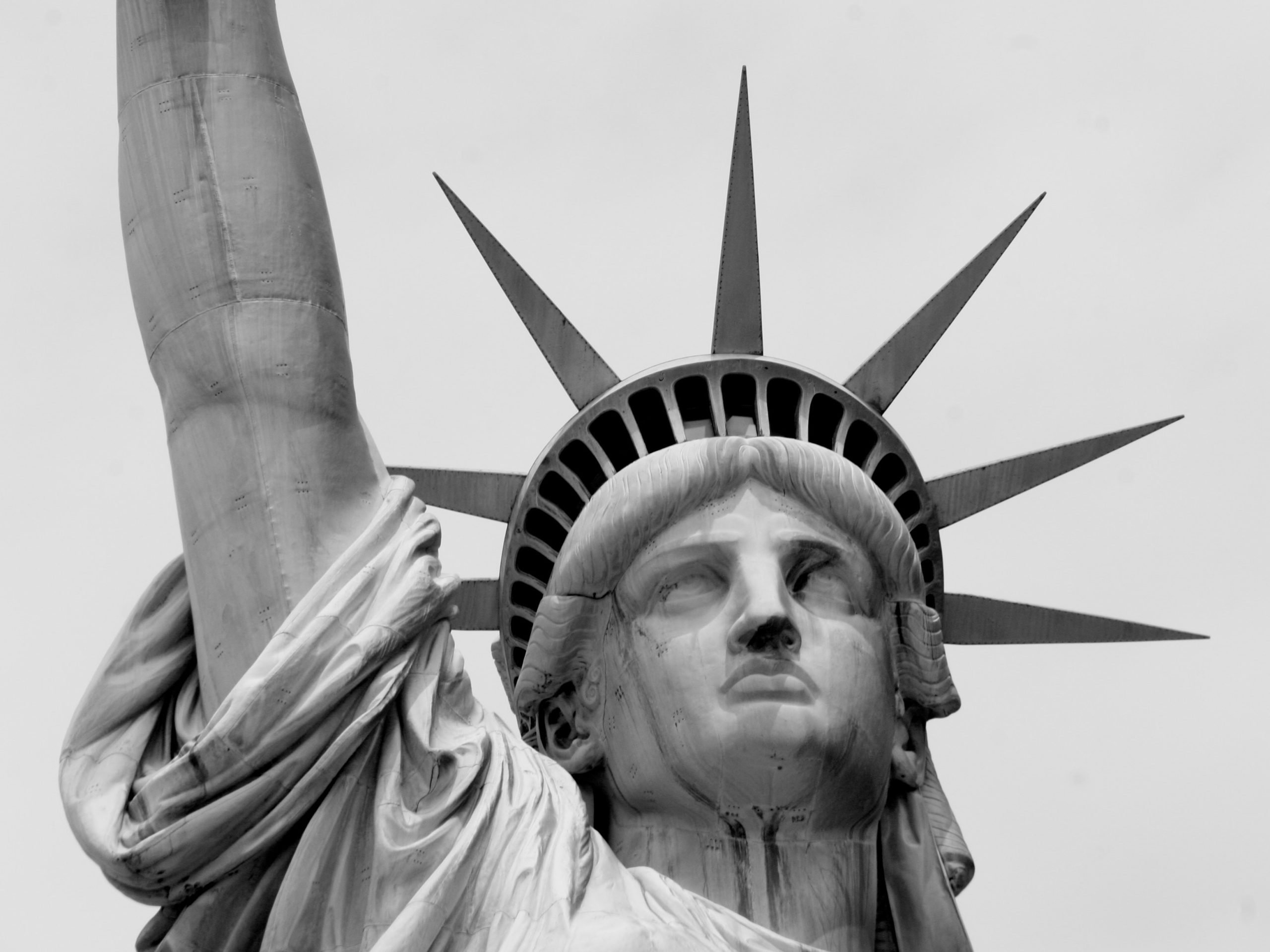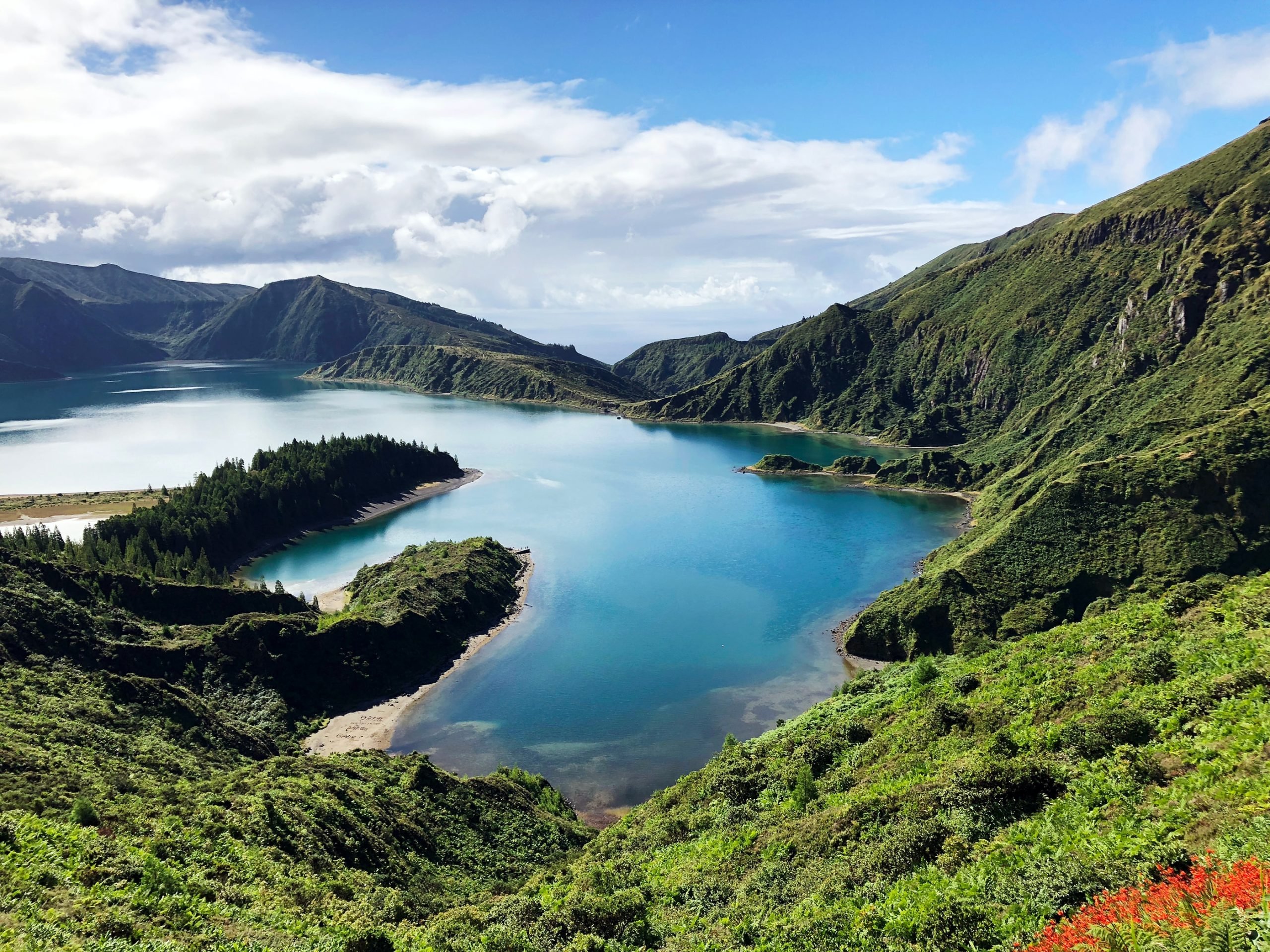The first wave of Azorean immigration to the United States happened as early as 1870. Most of the Portuguese immigrants were men from the Azores who were recruited to work on American whaling ships.
Later on, after World War II, many Portuguese fled the right-wing dictatorship of Antonio Salazar, settling in mainly New Jersey, New York, Connecticut, Rhode Island, Massachusetts, and Maryland.
However, what was considered a second large wave of Portuguese immigration occurred in the late 50s from the Azores archipelago. It all began in 1957 with a series of volcanic eruptions in the Azores, leading to the large population of Azorean-Americans in the US today.
Capelinhos Volcanic Eruption – Azoreans flee
Azoreans sought refuge in the US in the aftermath of the Capelinhos volcanic eruption on the island of Faial, which occurred on September 27, 1957.
While no one was killed, the eruption that lasted for 13 months caused massive destruction on the island. This period spawned 300 seismic events, destroying 300 houses. Over 2,000 people were evacuated to the US and Canada.
This was the most recent volcanic eruption in all of the Azores. Today, you can visit the Capelinhos lighthouse and Visitors Center at the volcanic site in Faial.

What was the Azorean Refugee Act of 1958?
The Azorean Refugee Act of 1958 was created in direct response to the Capelinhos eruption in Faial. Senators John F. Kennedy and John Pastore co-sponsored the act, which was then signed by President Dwight Eisenhower.
The Azorean Refugee Act made 1,500 visas available to the Azorean victims of the volcano eruption in 1958. Four years later, in 1962, an extension was granted, allowing even more Azoreans to immigrate to the United States.
Azorean-Americans: 1965 Immigration and Nationality Act
The 1965 Immigration Act further increased Portuguese immigration to the United States, particularly in the 1970s and 1980s. This law stated that those with legal or American relatives in the United States could become a legal resident with their sponsorship.
Prior to that, the National Origins Formula was in place. These were a series of immigration quotas used from 1921 to 1965 that restricted immigration from the Eastern Hemisphere on the basis of national origin.
This was in place to preserve American homogeneity and proved racially discriminative, only allowing immigration from Western and Northern Europe.
While the 1965 Immigration Act still had per-country and total immigration limits, relatives of US citizens were exempted from these restrictions.
Therefore, it is no surprise that in the 70s and 80s, many Azoreans were able to move to the United States through relative sponsorships who had been there from the late 50s – early 60s.

Portuguese-Americans in the United States
According to the United States Census from 2000, there were 1,176,615 Portuguese-Americans, the majority being of Azorean descent. In 2019, 1,371,153 people in the United States reported Portuguese ancestry.
As of 2020 figures, most Portuguese-Americans live in the states of California, Massachusetts, Florida, Rhode Island, New Jersey, and New York, in that order.
Portuguese-Americans are the fifth largest ethnic group in Rhode Island and the eighth largest group in Massachusetts.
Portuguese-Americans are also the fourth largest ethnic group in the State of Hawaii. Portuguese immigration to Hawaii happened in the late 19th century. Labor contracts paid for the migration of entire Portuguese families. However, the conditions were not favorable.
Portuguese Embassies and Consulates in the USA, UK, and Canada
Is the Azores in Portugal?
The Azores are an autonomous region of Portugal, located between Lisbon and New York. An archipelago of nine volcanic islands in the Atlantic Ocean, the Azores are around 850 miles west of mainland Portugal. The archipelago is located 1,200 miles southeast of Newfoundland, Canada, and 930 miles northwest of Morocco.
There are nine islands of the Azores and three main groups in an islet cluster. These are Flores and Corvo to the west, Graciosa, Terceira, Sao Jorge, Pico, and Faial in the center, and Sao Miguel and Santa Maria to the east.
The islands cover more than 600 kilometers, and all have volcanic origins. However, some islands have never recorded volcanic activity since they were settled centuries ago.




I just learned my heritage is here and some very interesting information thank you.